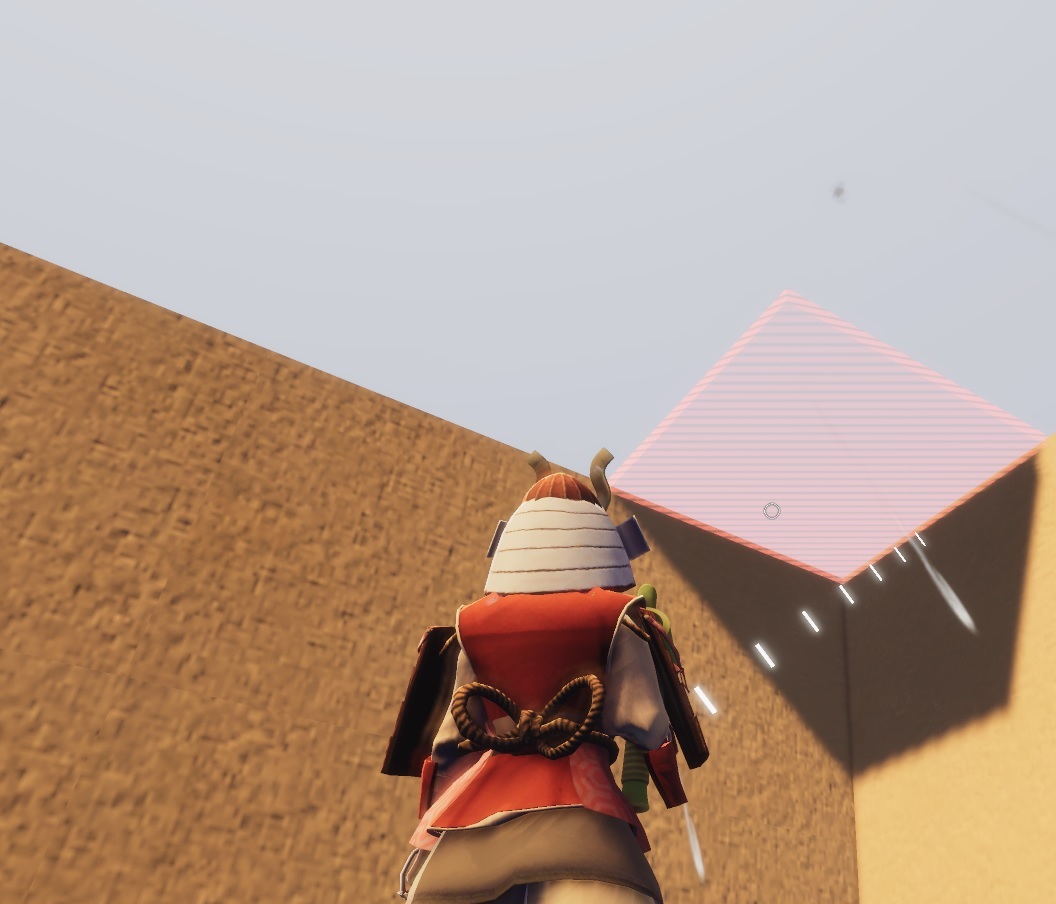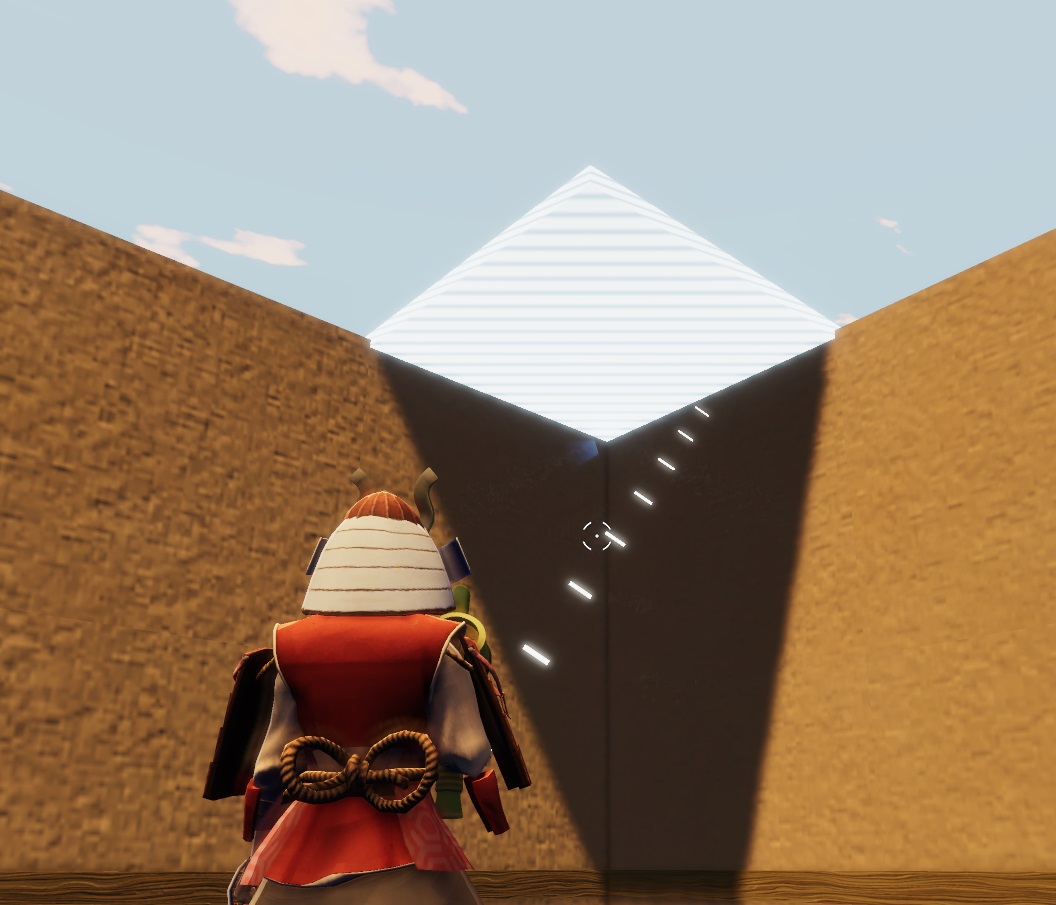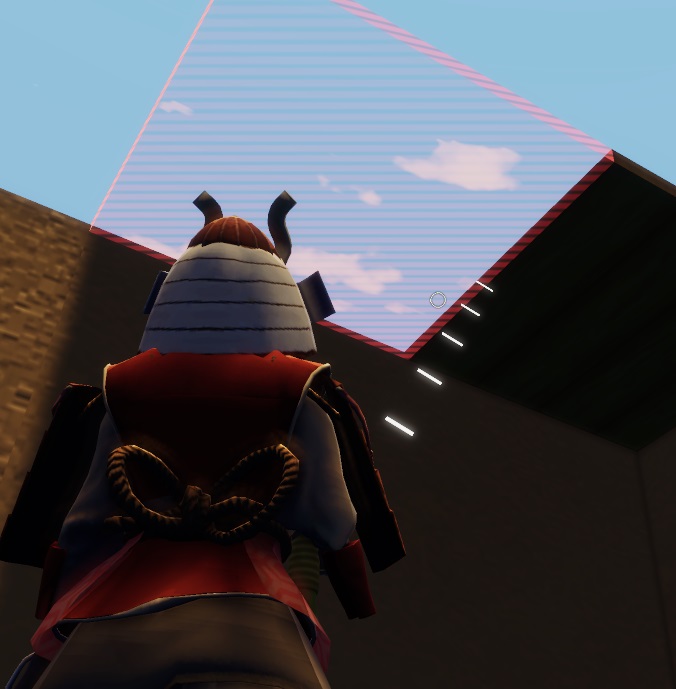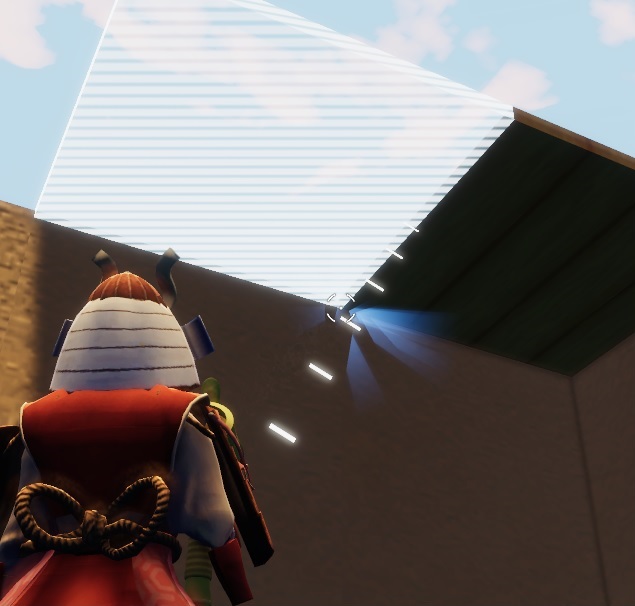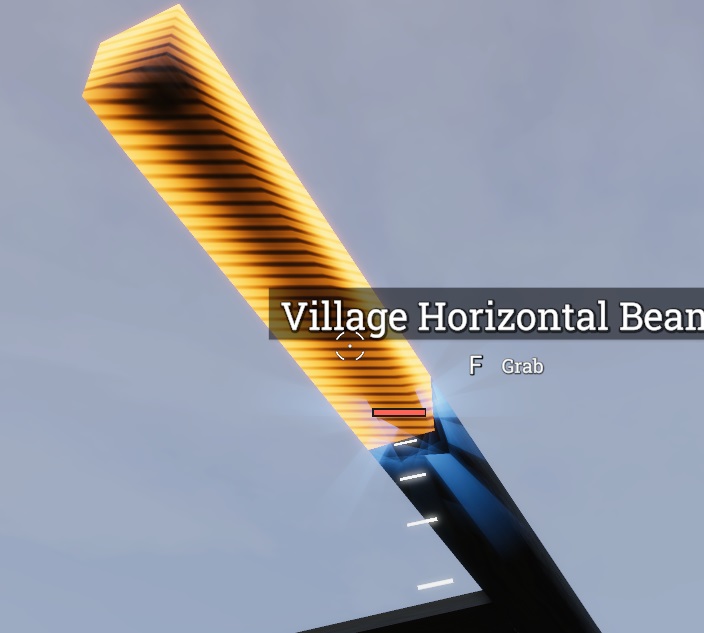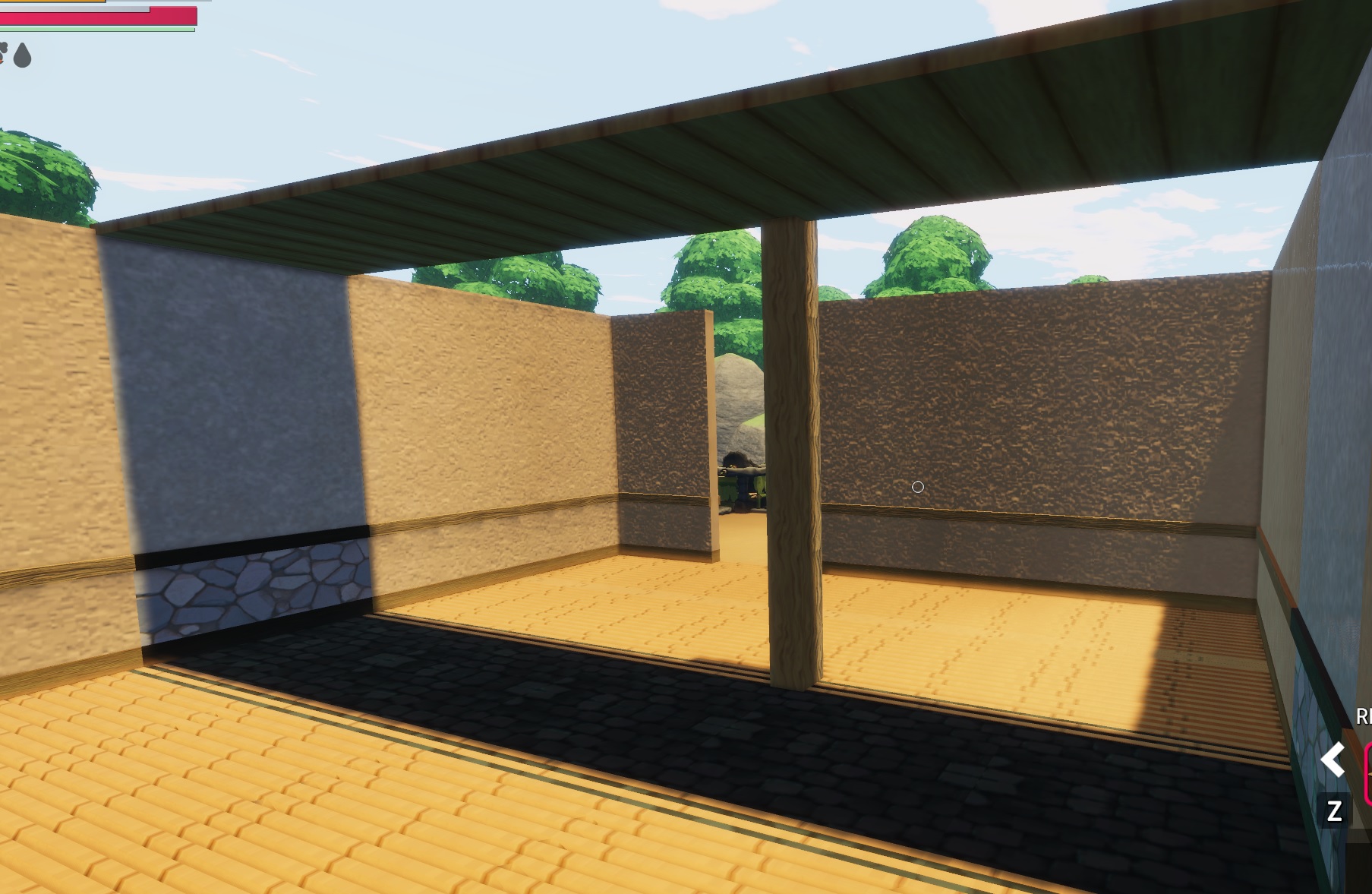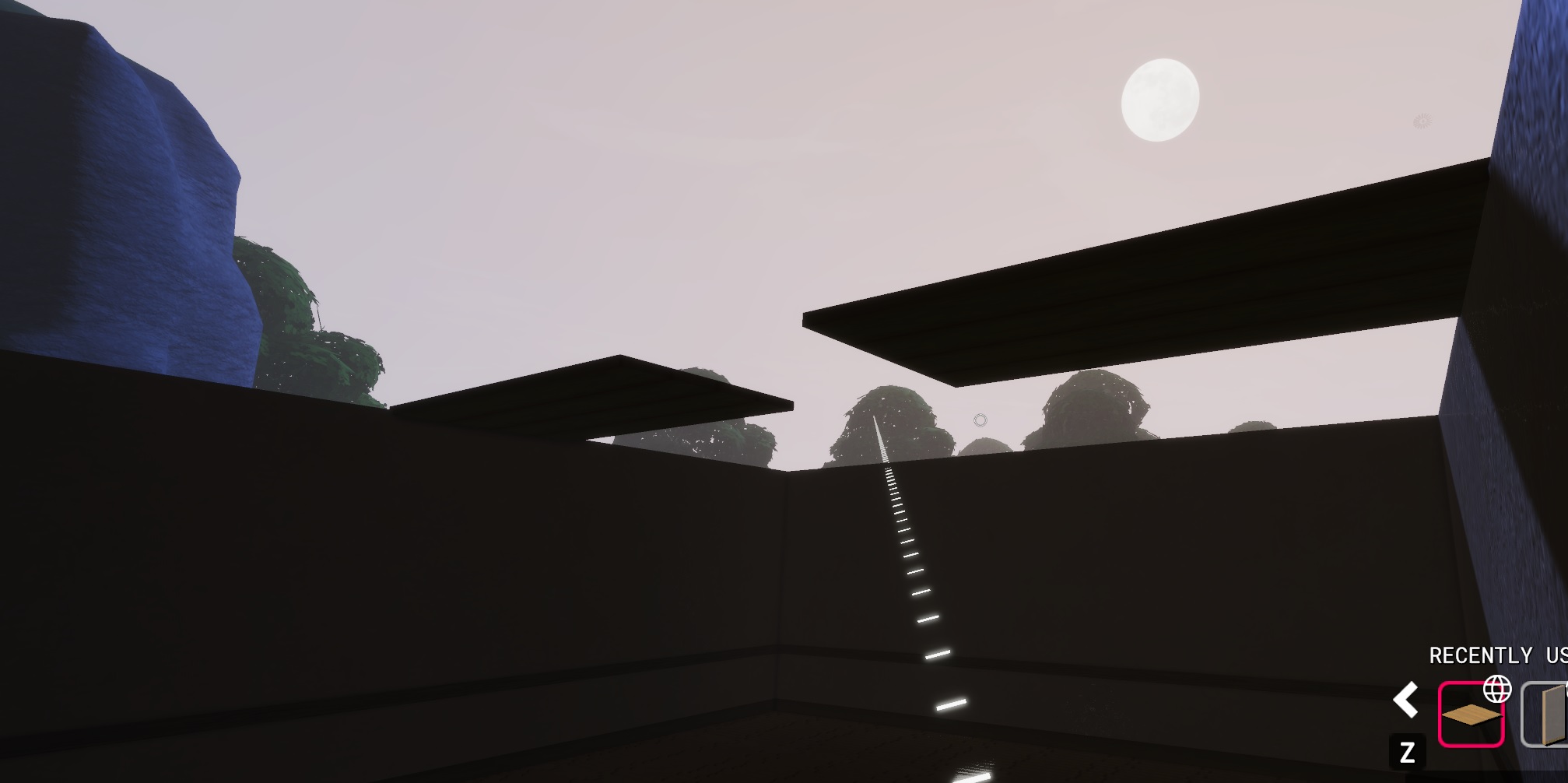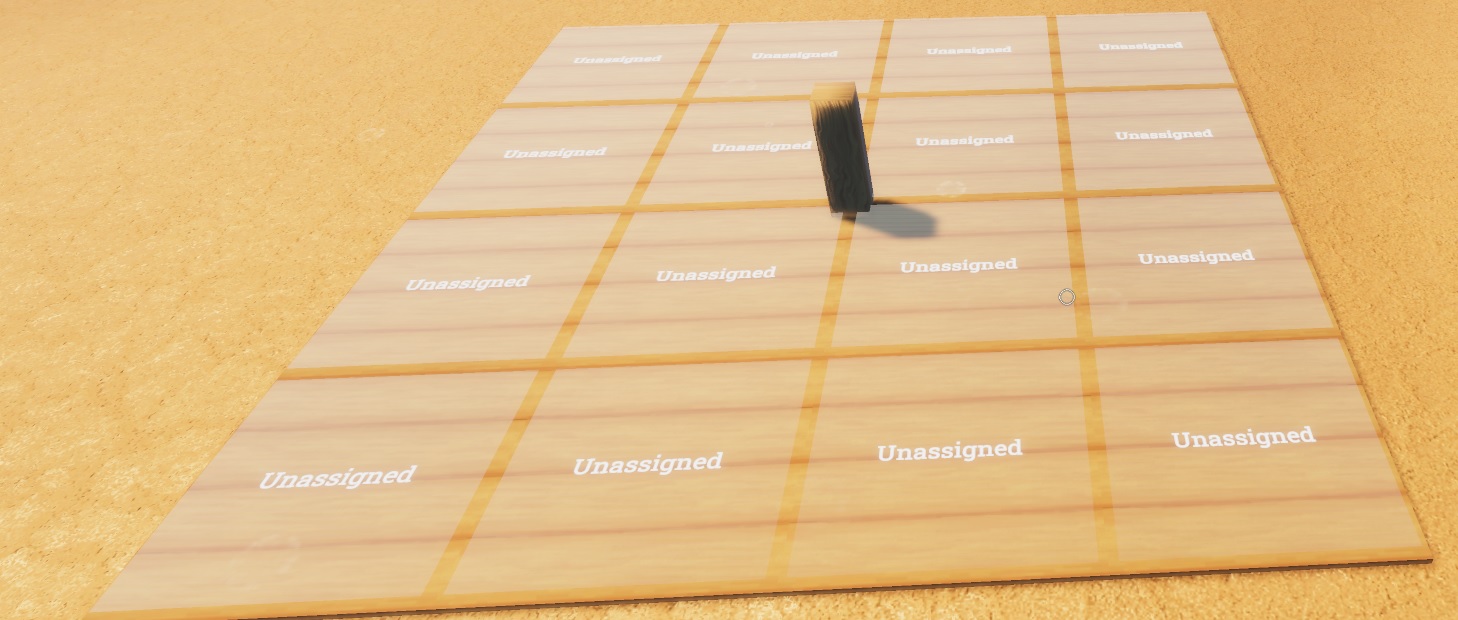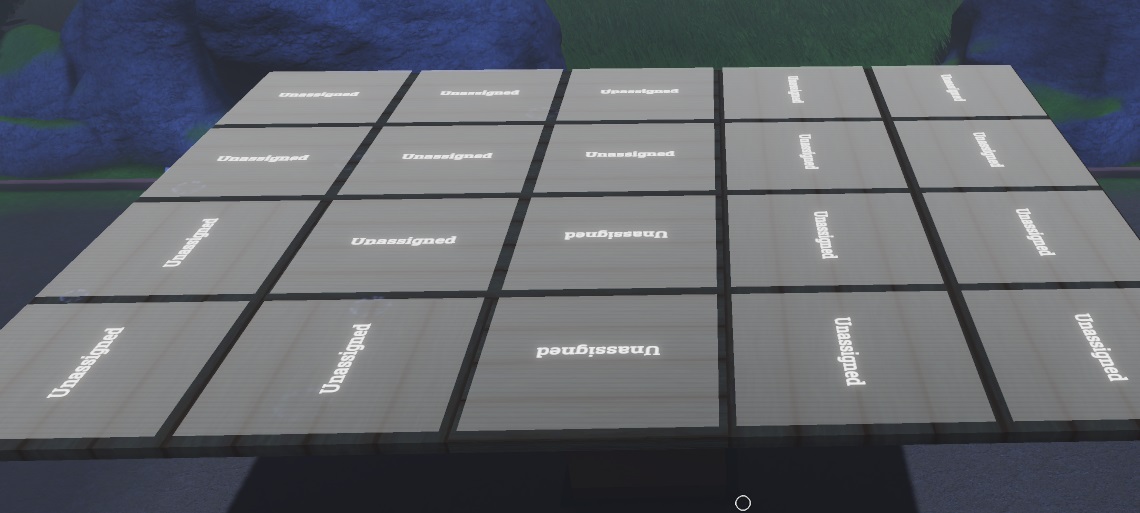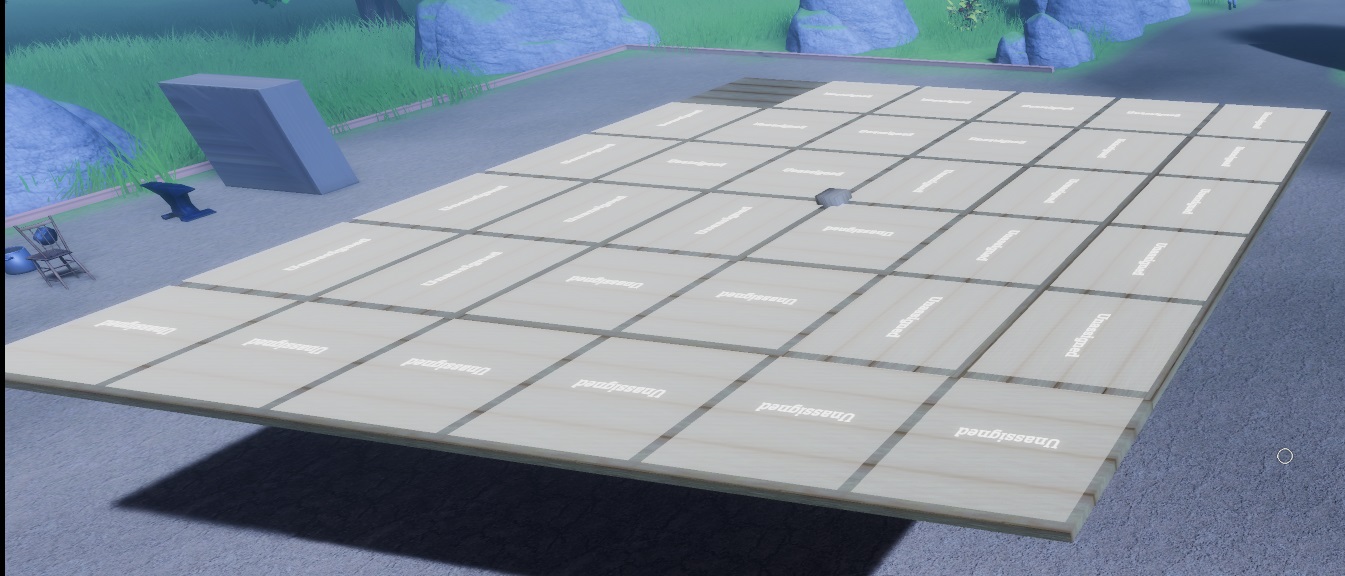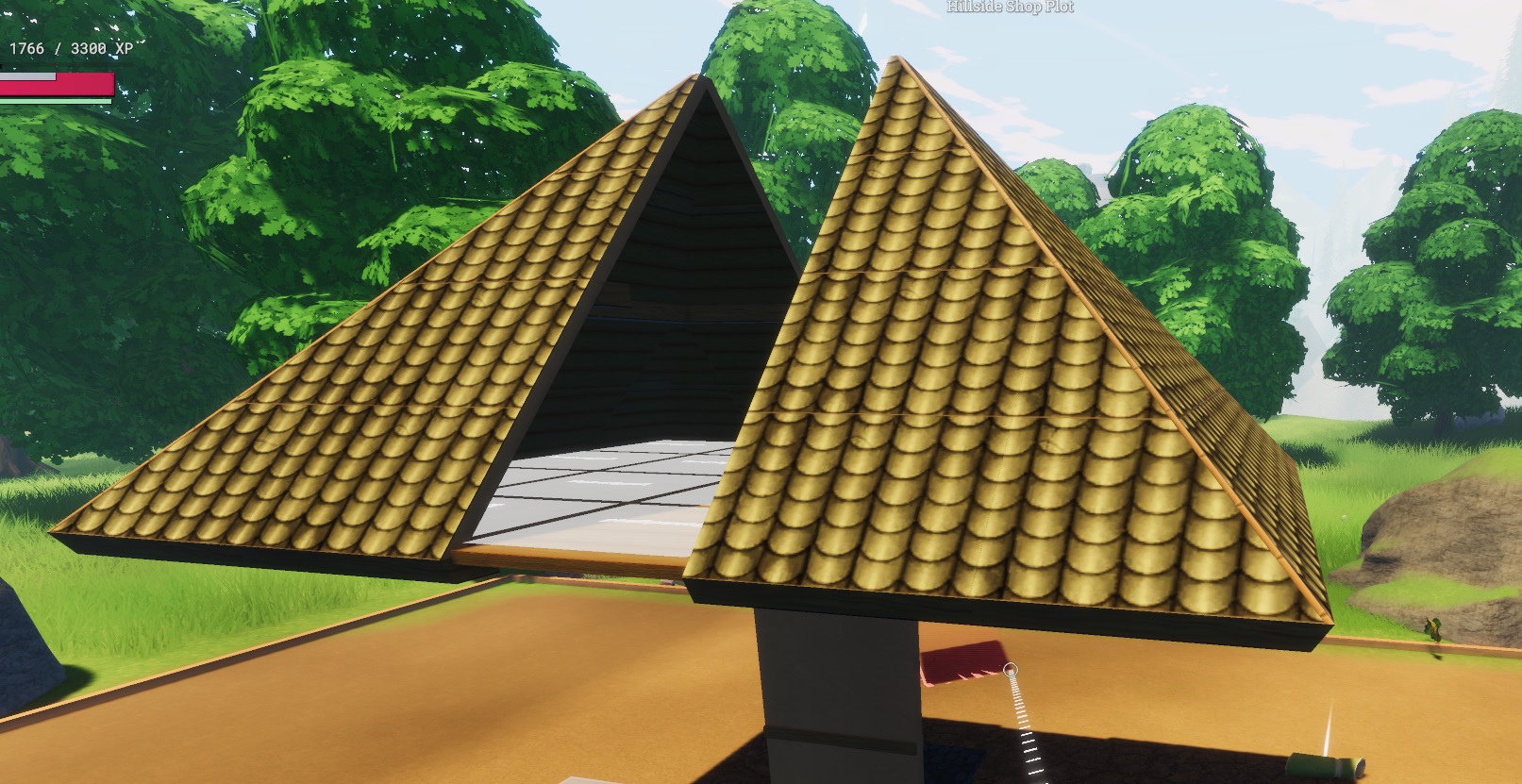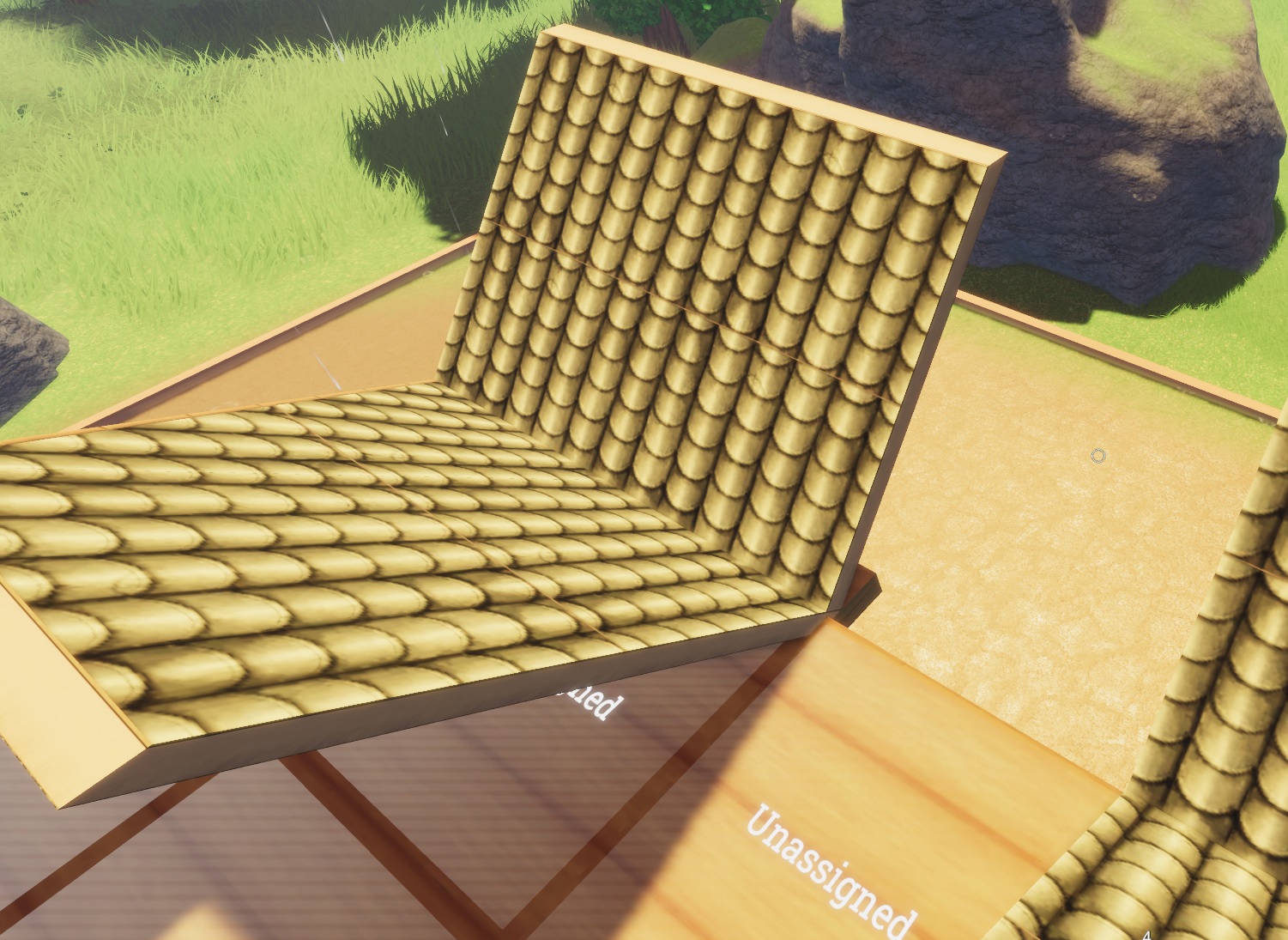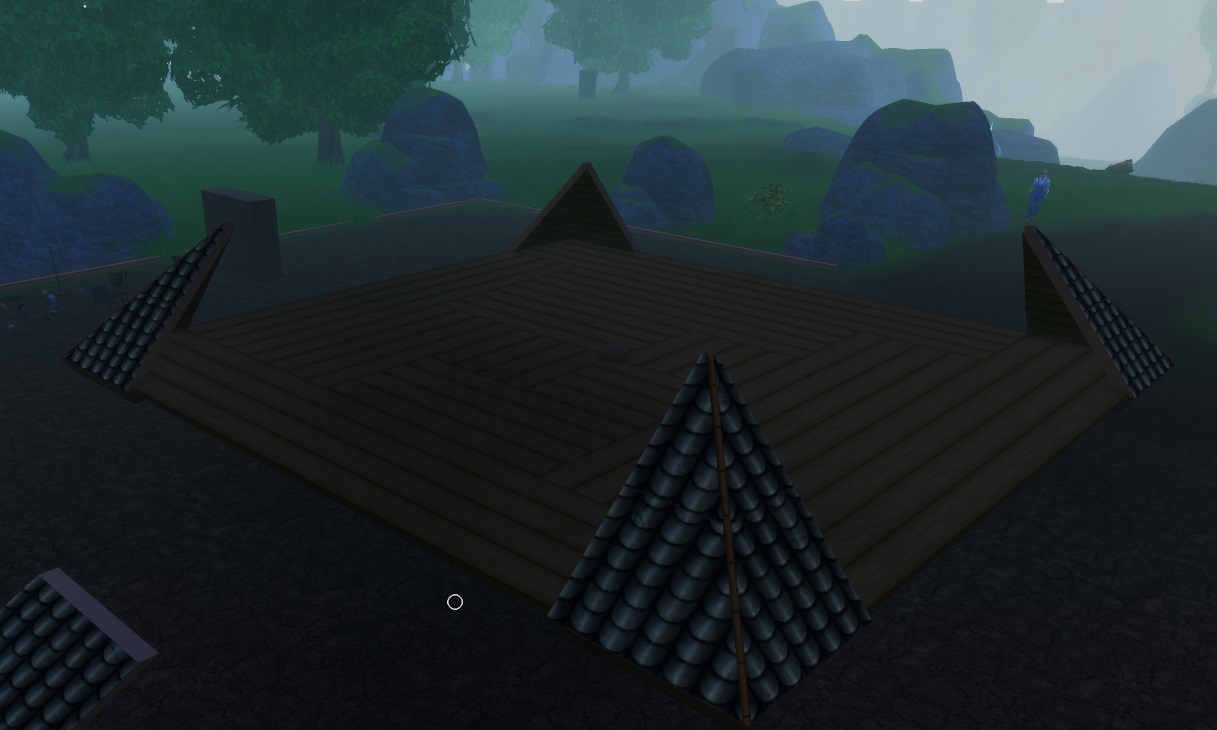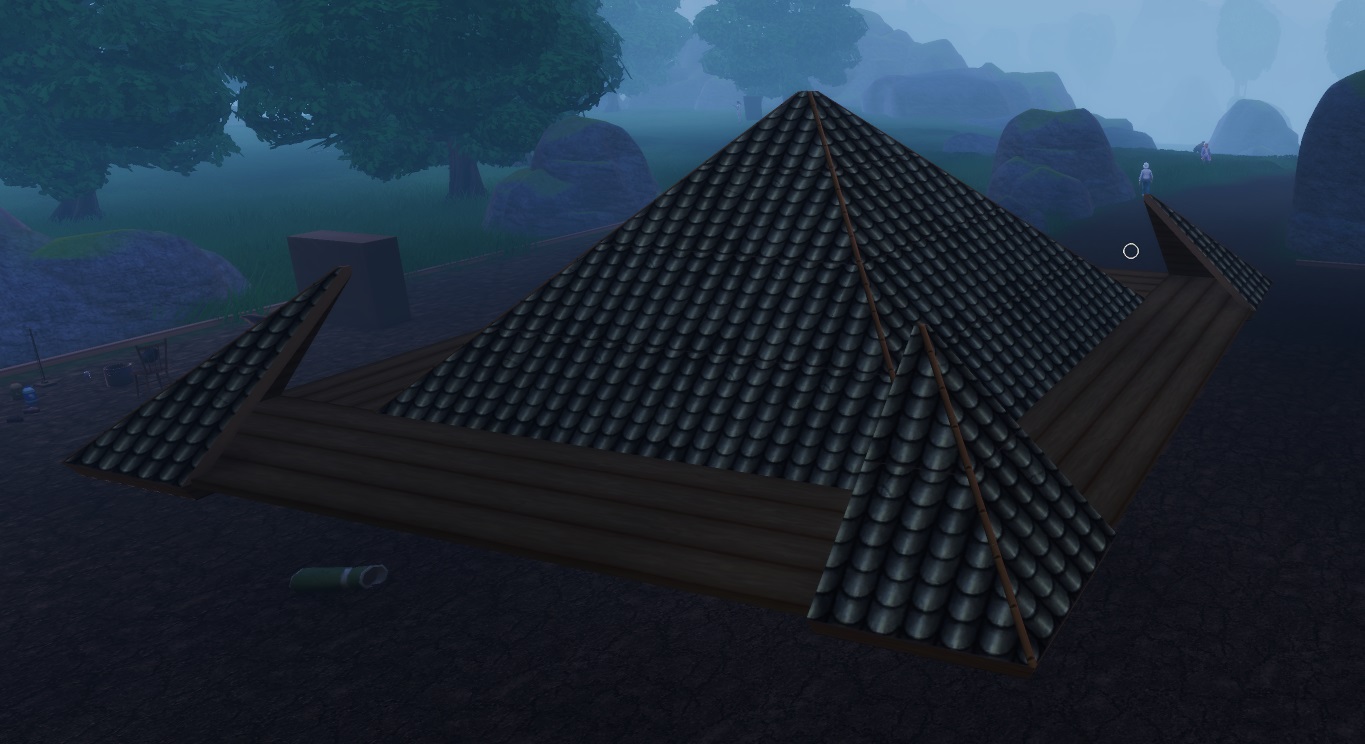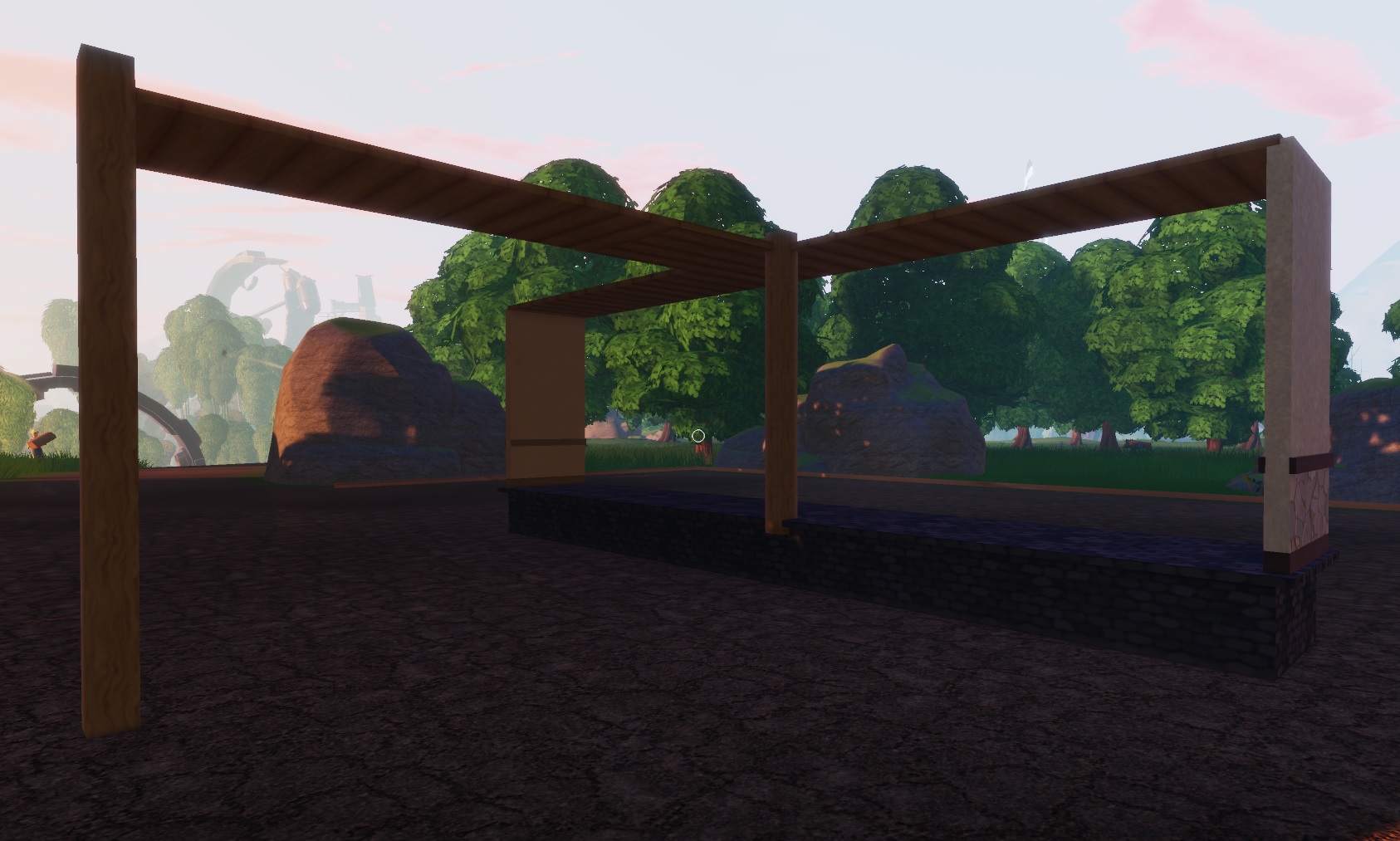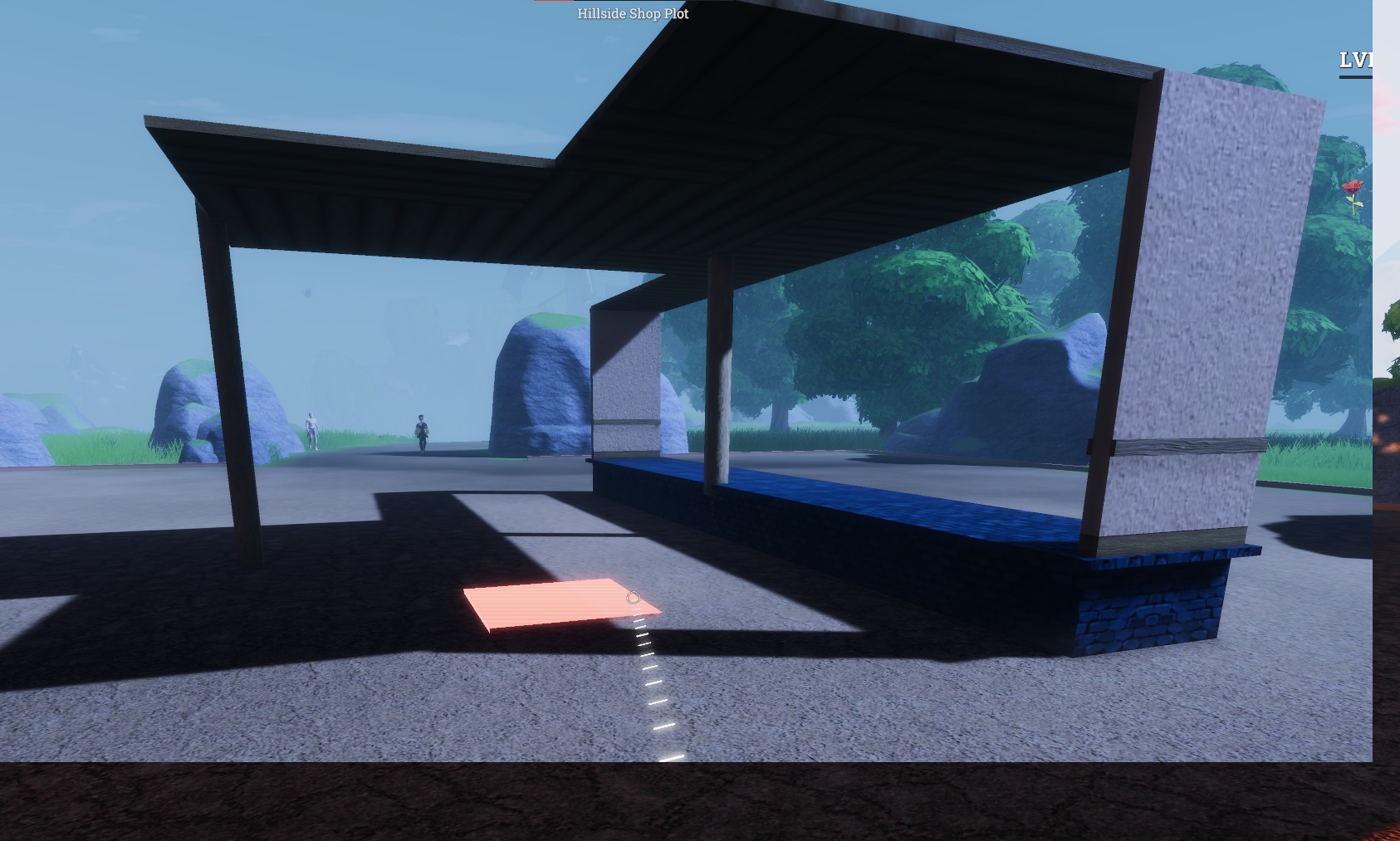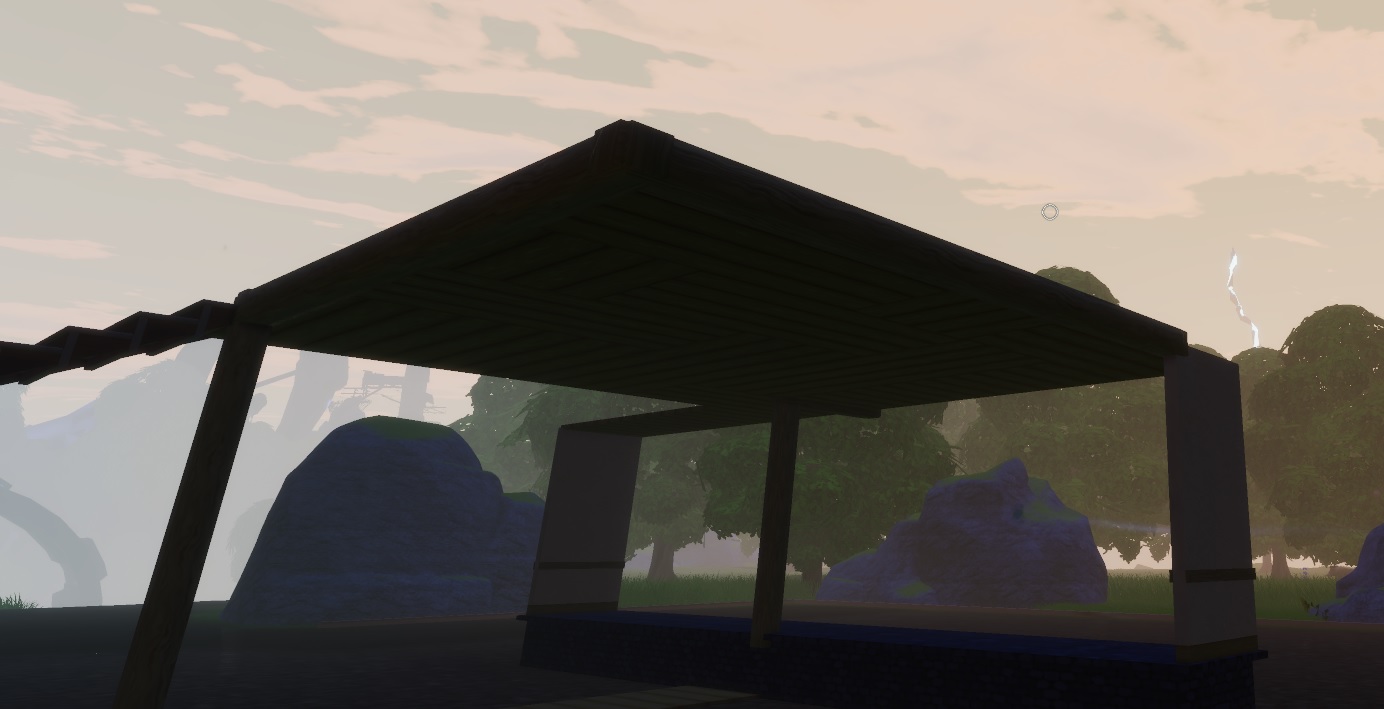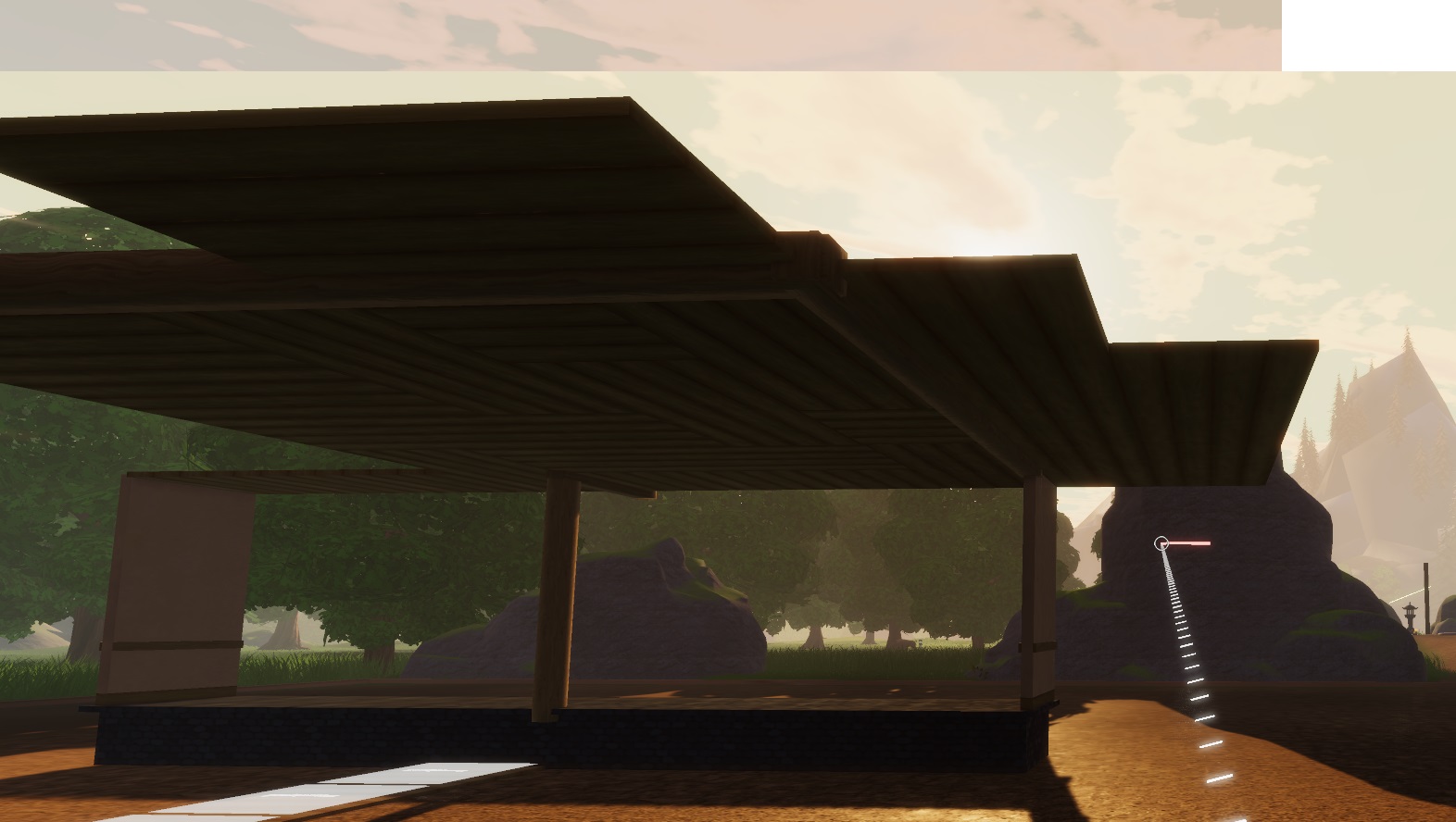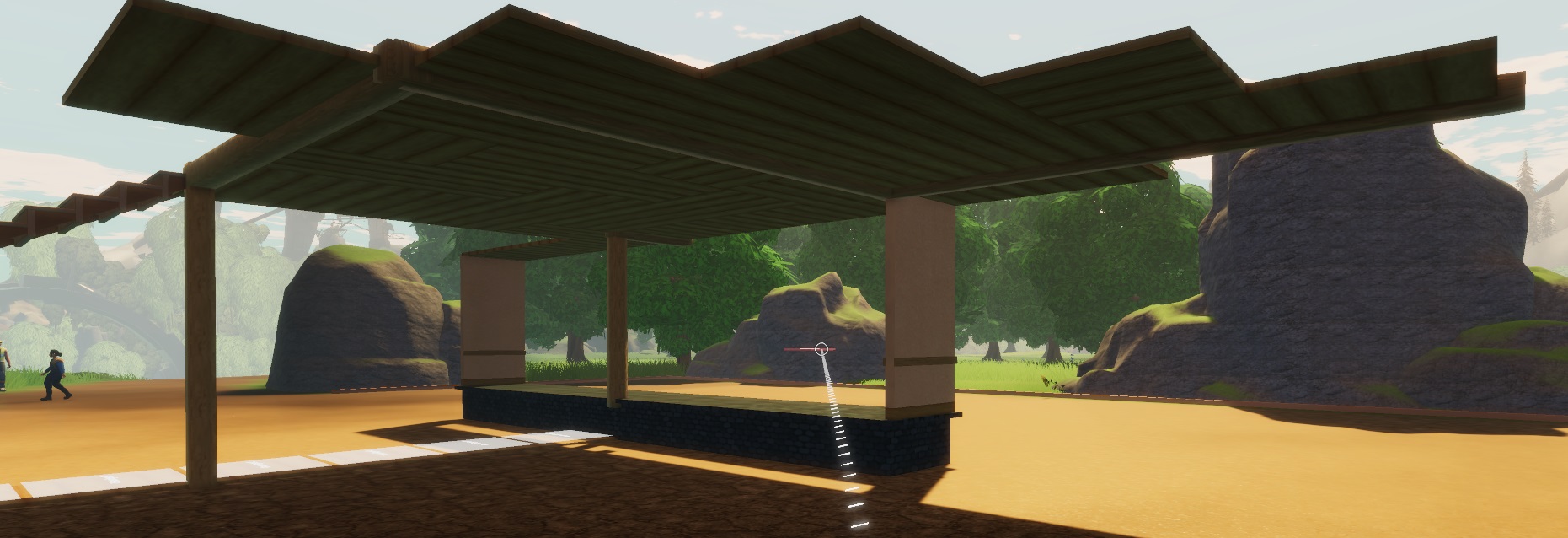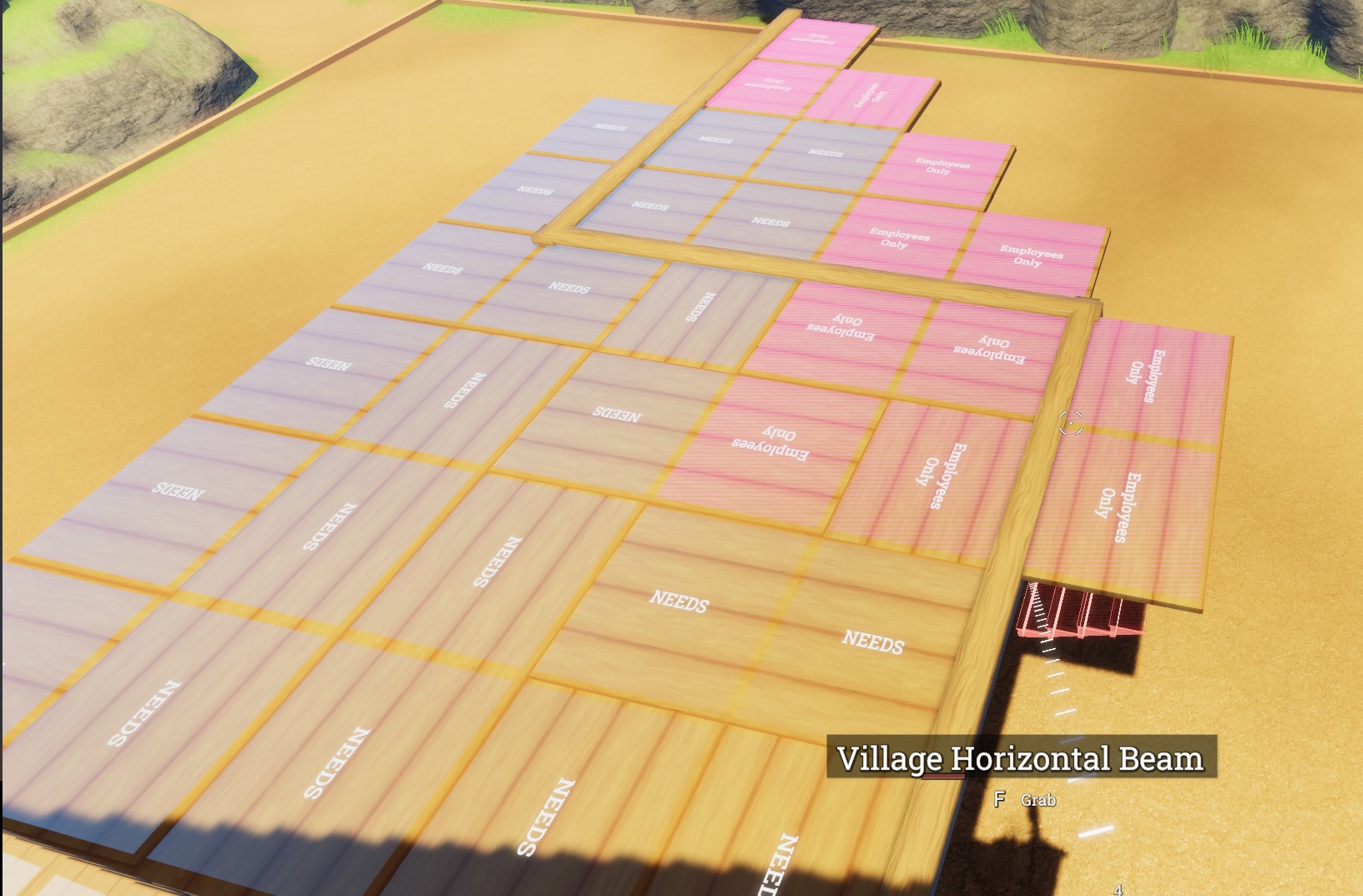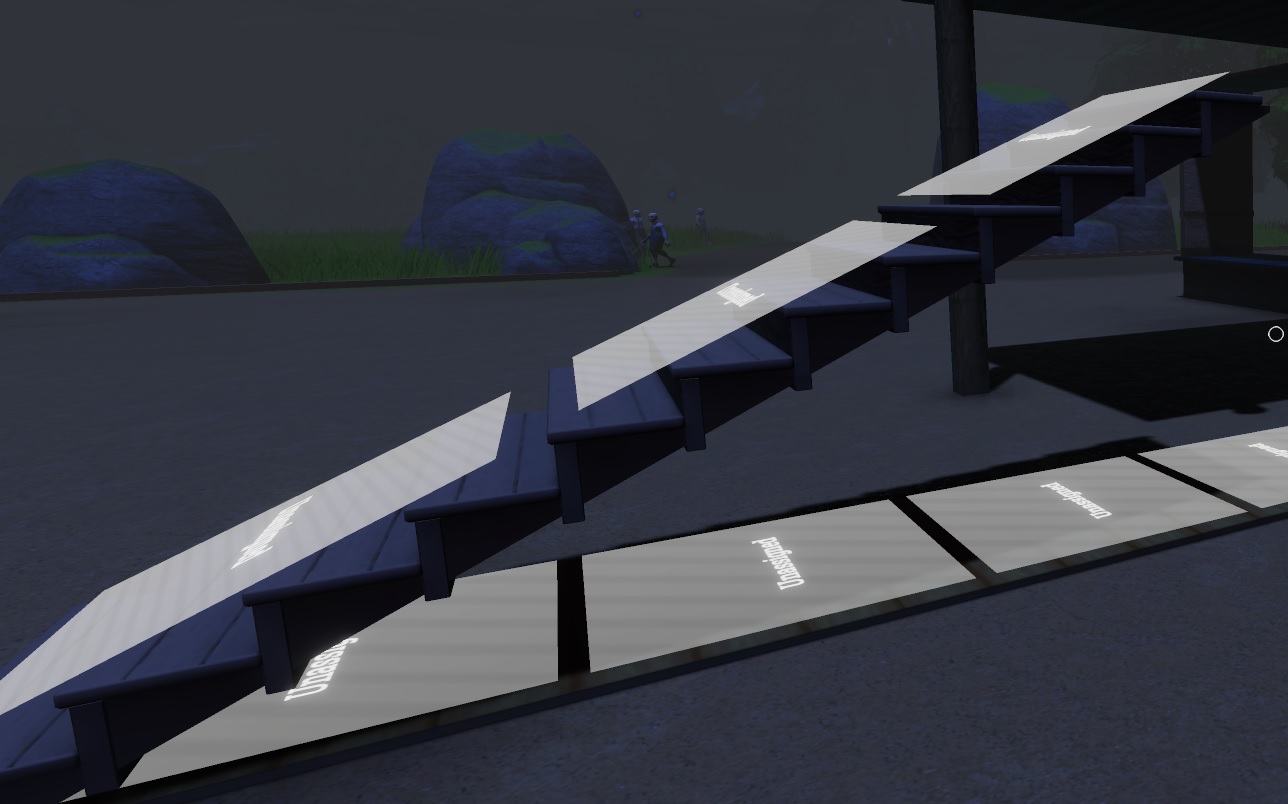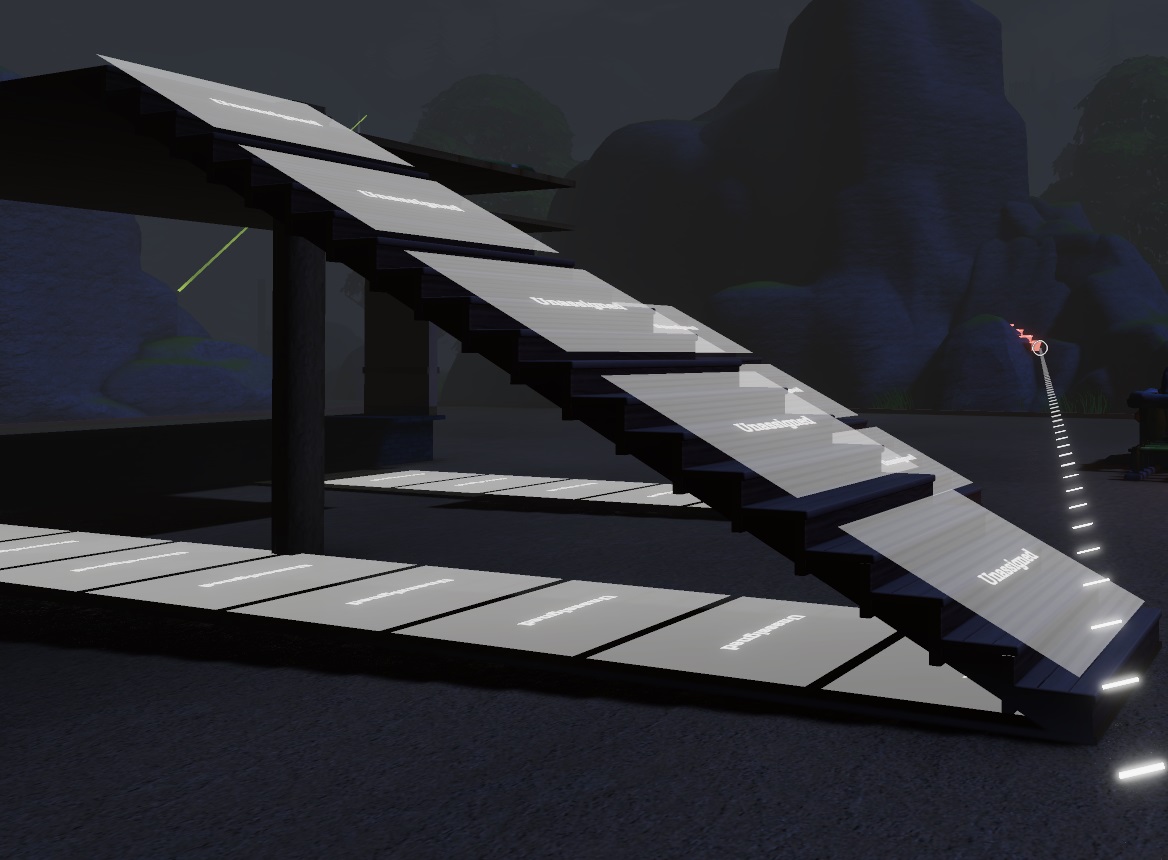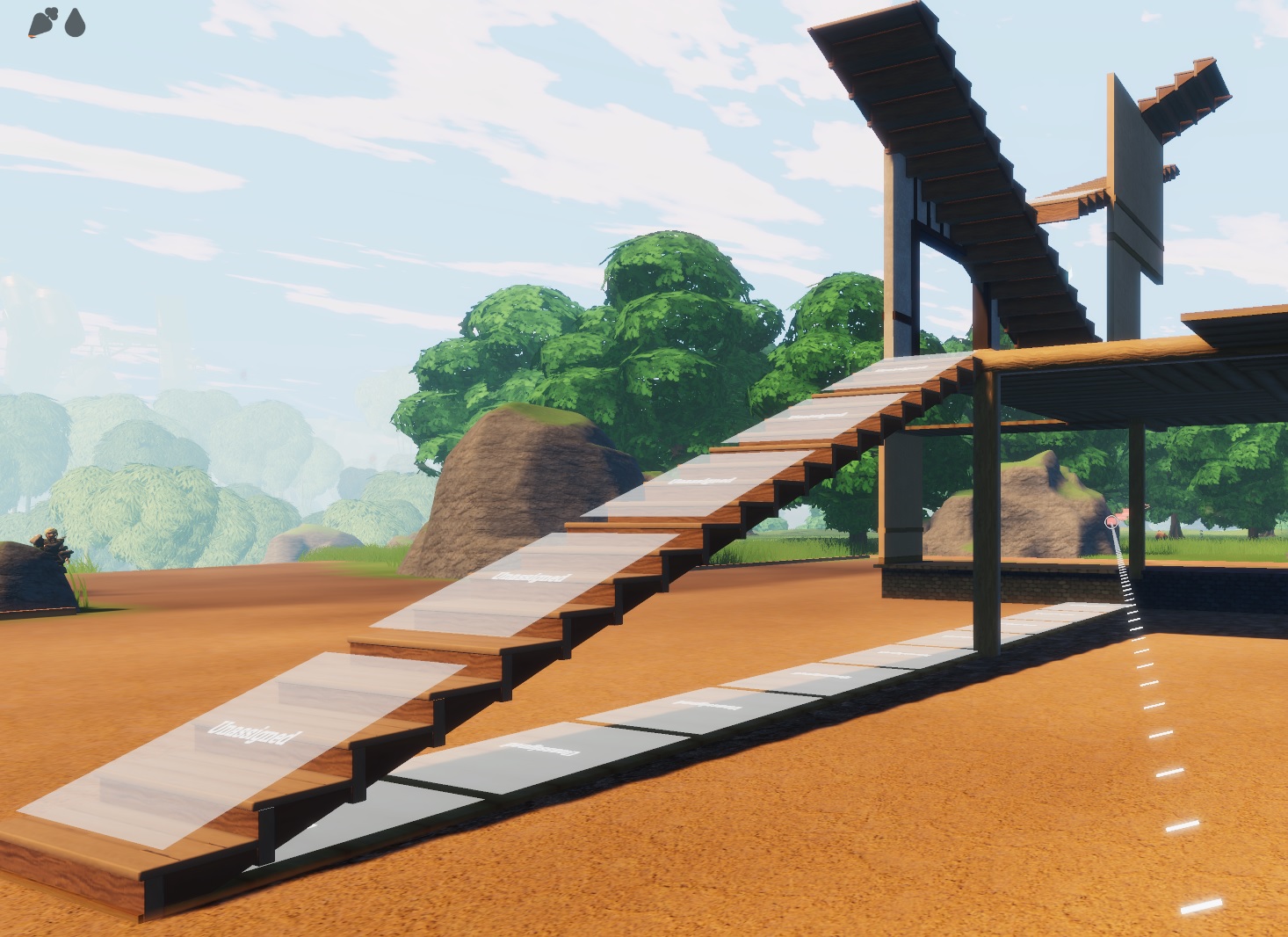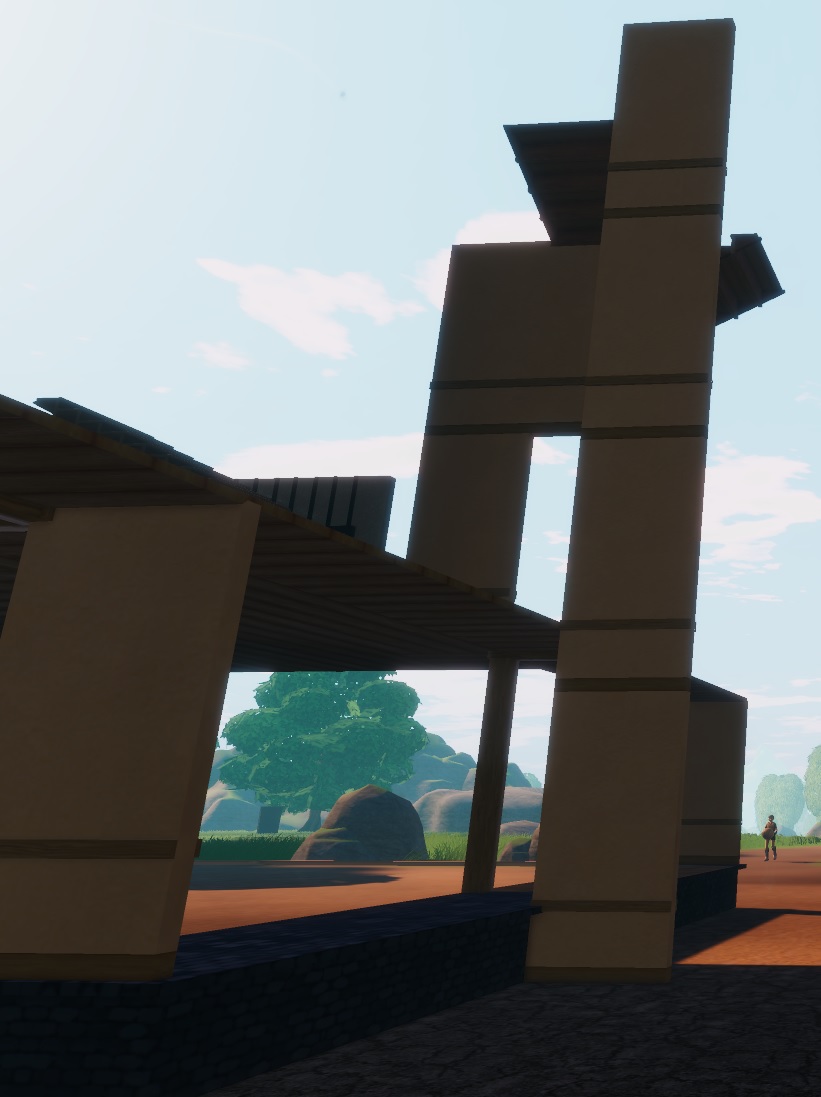This is a guide about the rough estimates on building limits within Saleblazers. While in Early Access some of this information is subject to change so I will do my best to keep it updated with the dev’s updates!
False Negatives
One thing you will encounter when building is a false “can’t build here” because it is not properly gripping the snap point. This can occur simply because you are not looking at the corner of a wall (where the snap points are found) or because the game is still being a little finicky with building. Either way don’t despair or give up and keep trying If its within the below guide lines you should be able to find a way. If you are OCD like me (Despite a couple of these pictures showing otherwise) you will want all of your floor/ceilings facing the same way. Doing a full 180 rotate on a piece still has them facing the same way from a graphics perspective so that is an option, however then the assignments can still be upside down but you usually don’t see them. What really works though is placing it however you can, and when you finish go back over some of the pieces you struggled with, sometimes its easier when more of the other surrounding pieces are finally in place. The last picture below is a yellow silhouette, this means that the next piece likely will not have enough structural integrity to go out any further, but you can still place the yellow one.
Max Build Distance
First what is considered okay when building out. The general rule of thumb here is 2 pieces out from a snap point of something with structural integrity. The following pictures illustrate that you can go for 2 from each side but not quite make that center piece connect. If you are in a square room you could actually fill in every piece but the center hole of a 5×5. While I used 4 vertical beams in this example to allow for the placement of that center piece, I could have also ran horizontal beams across as well (Which you will see further in)
So looking above the main take away here is if you do not want beams in your building at all the greatest width you can have a ceiling over is 4 Now you can get creative and use some of the other types of walls that are more transparent but there still needs to be some point of integrity. Any wall that goes vertical (up) can handle a full 4×4 off a Vertical Integrity Point. The fourth picture shows how a single wall can support a 5×4 area of ceiling. The last picture above shows a 5×5 with a single Beam holding up the entire thing in the center. The outer edge is yellow integrity on placement but is still functional. This does impact how much it can hold on top of it around the edge.
Max Roofing Off Max Distance
So as we just saw the Wall is slightly less sturdy than a Vertical Beam for being a Vertical Integrity Point. Even though you can build a 5×4 structure of flooring off the top of a single wall you can’t build up on all the flooring points. If we look at the Vertical Beam we can only get the corners in on the 5×5 but in the 4×4 we can build a completed roof. The edges leading out to the 5×5 can still hold a Wall but the very outer edge cannot.
So as we just saw the Wall is slightly less sturdy than a Vertical Beam for being a Vertical Integrity Point. Even though you can build a 5×4 structure of flooring off the top of a single wall you can’t build up on all the flooring points. If we look at the Vertical Beam we can only get the corners in on the 5×5 but in the 4×4 we can build a completed roof. The edges leading out to the 5×5 can still hold a Wall but the very outer edge cannot.
Horizontal Beams
Still wanting to push out a little further? Horizontal beams can actually assist with this. By placing them from one wall to another for example you can now go 3 floor tiles out. Some of the following images are a mix of walls and vertical beams and what the max distance is before you add in horizontal beams, and after. You can see the additional reach from adding in the horizontal skeleton can be beneficial. In doing so though they honestly don’t look the greatest at this time when standing on them, though are still fine to use strictly as ceiling rafters if you are going for aesthetics.
Stairs
Stairs are not actually considered Integrity Points. So to build them you will need the assistance of either walls or beams. Off the ground stairs can be built 3 high with no support. Support can be provided in a couple ways. Either you build a wall on the side of the stairs so it basically has a wall following as it goes up, or you can build vertical beams from underneath it but still giving it proper support. If you are quick enough with a build you can actually go to 3 high and then add up to another 3 to quick connect to a ceiling of matching height (I did 5 in the example below since that was the height I was at) Also as far as height markers go a normal wall is 4 markers high. 5 high stair case below is a wall foundation high going down to the ground. The highest you can build is 14 stairs up, however, I believe that 13 is the highest “build point” as building 4 walls on top of one another is technically 16 measurements high.
Other Considerations
While you may “technically” be able to have 6 floor tiles in between 2 individual vertical beams it is not very practical on account of not being able to build very well where the two edges meet on top. That being said if you are going for a flea market tent feel and want it to stay ground level you can build up a flat roof, open store with a very minimal amount of Vertical Beams and no walls. The actual building piece is still evolving and being refined and worked on so some of this may change and if enough changes I will update this guide. A better break down of all the possible building pieces is coming to the wiki as well. There currently is already a start on the different types of wallpaper for decor at Saleblazer’s wiki page along with various other resources!

